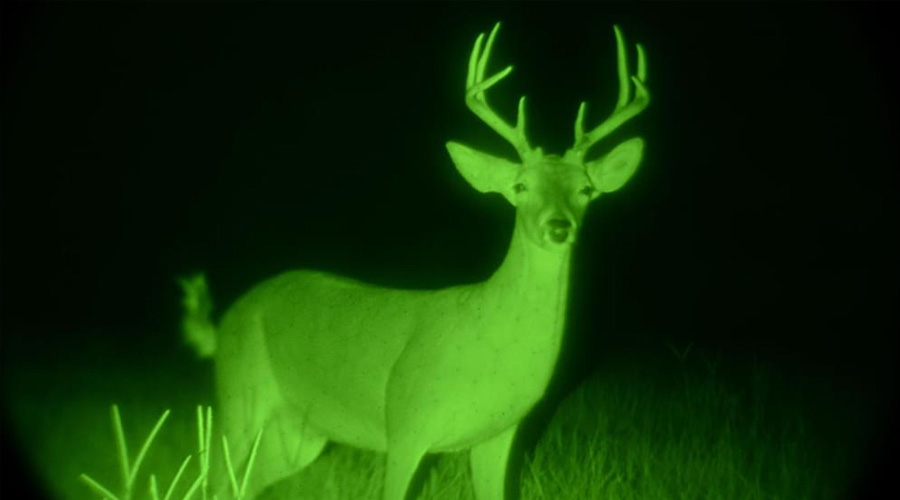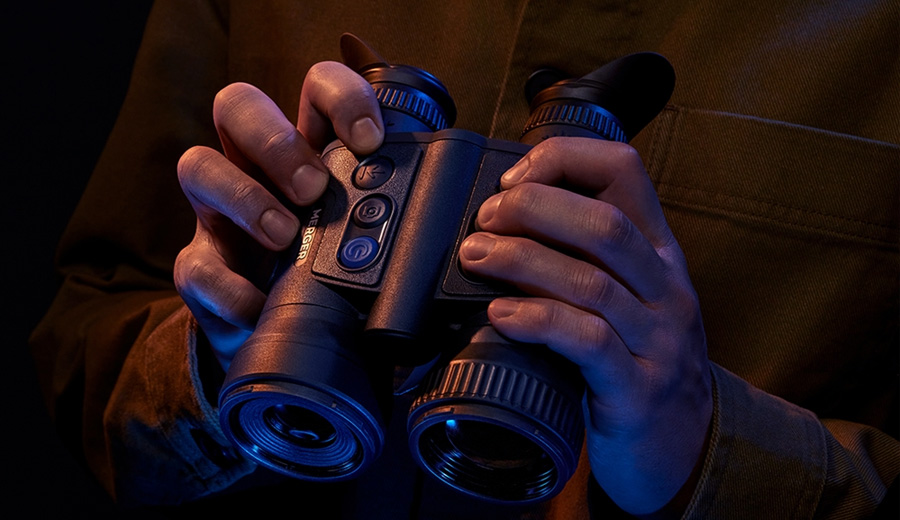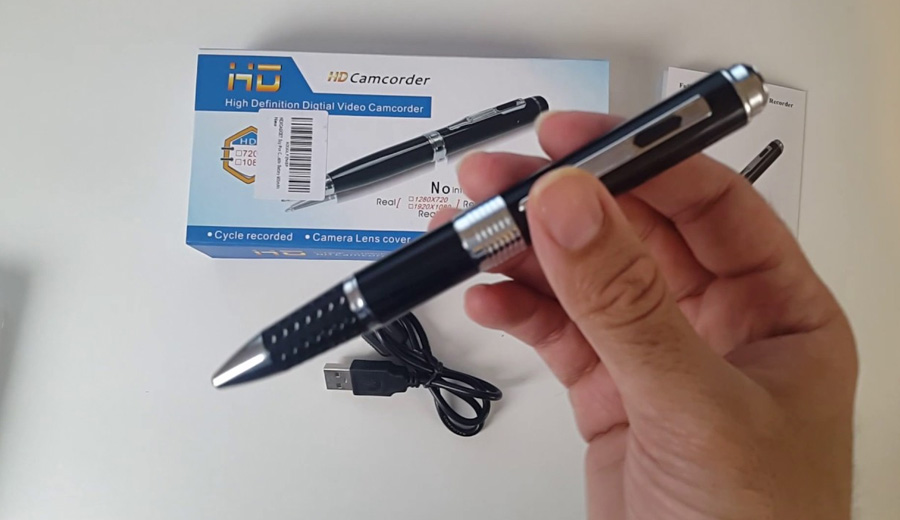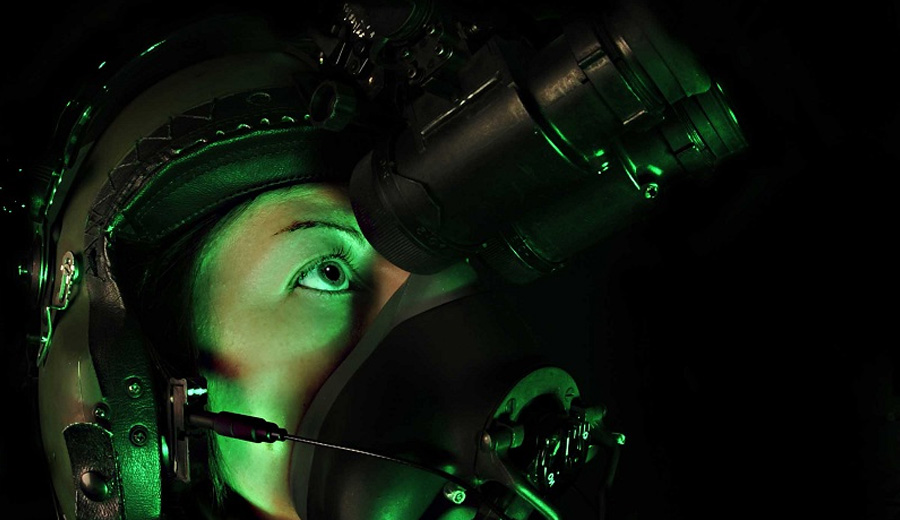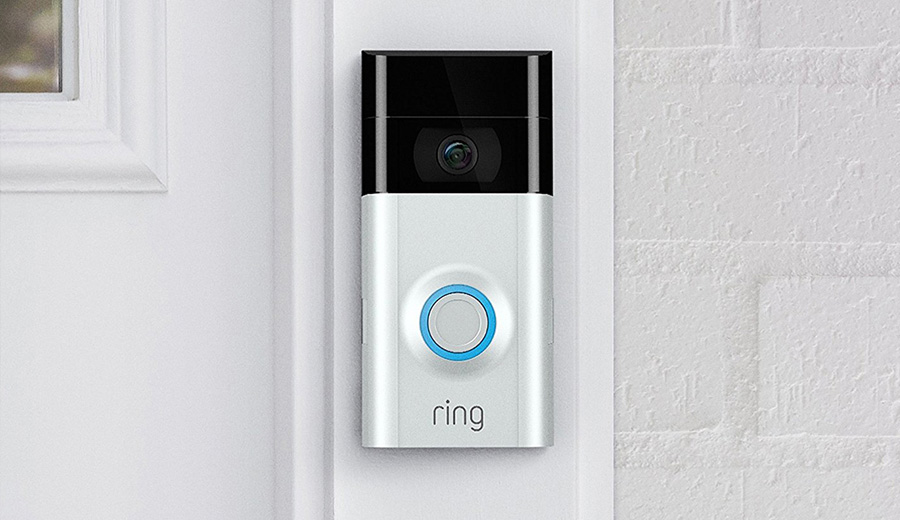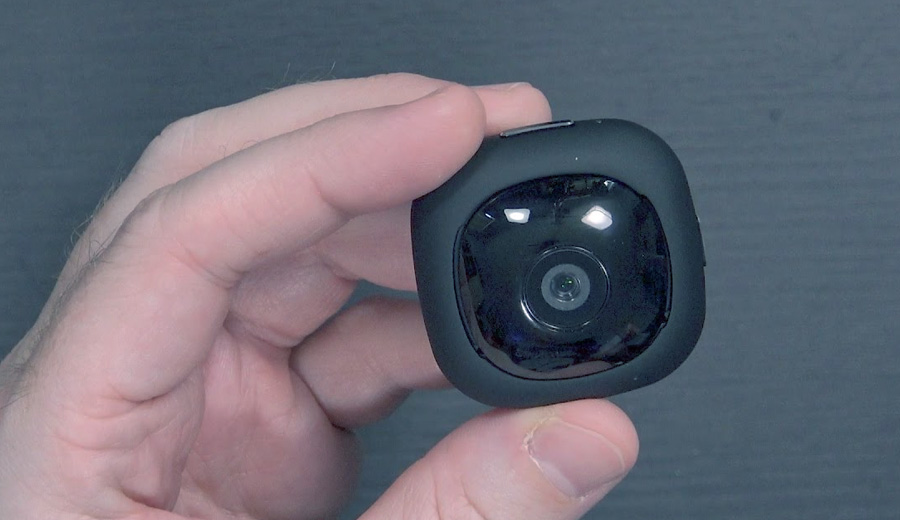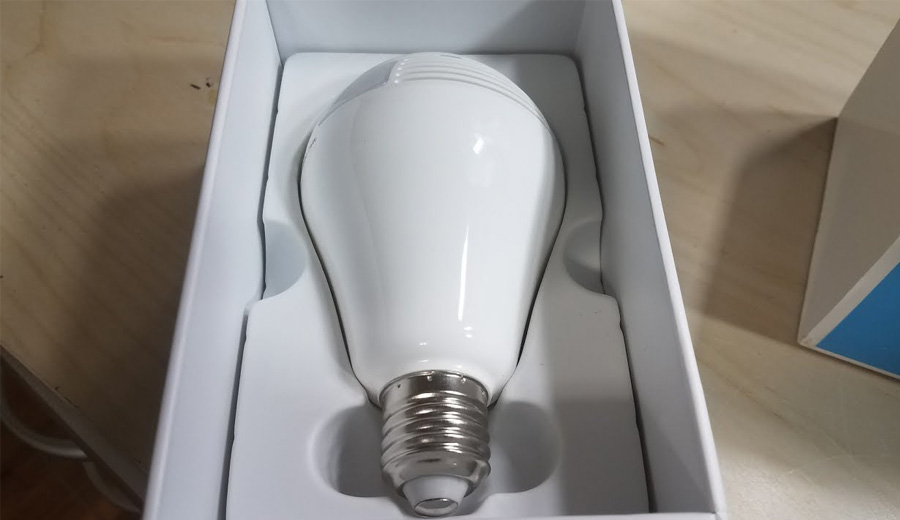Wildlife observation has always intrigued mankind. In the old days, you’d have animal life enthusiasts go outside with photo cameras and wait patiently to capture animals in their natural habitat. There were no night vision cameras for consumers, so it was only done during day time.
Researchers, naturalists and conservationists alike have often found it difficult to observe some animals, like the creatures of the night, especially because some of these animals exhibit evasive behavior and thus can be hard to observe in their natural habitats.
However, with technological advancements in modern years, we’ve reached the point where lurking outside to take a photo or capture video of wild animals is no longer necessary. The development of technologically advanced night-vision spy cameras has made them very important instruments for wildlife surveillance and observation at night time. These cameras open a whole new avenue for viewing the beauty of night life in animal kingdom.
By using spy cameras for wildlife exploration, people can now set them up and control from a distance, remotely even while sitting at comfort of their hotels.
Understanding Night Vision Technology
Night vision technology has been through many changes since its inception. Modern night vision cameras are technologically advanced and take high quality image in extremely poor conditions.
Such cameras work by gathering up available ambient light like moonlight or starlight, besides emitted light by a device and amplifying it in order to give one a clear vision at night. They often use one of three technologies: image enhancement, thermal imaging or infrared illumination.
- Image Enhancement: Image-enhance-night-vision cameras are able to magnify existing light to produce a visible image. These cameras work adequately only in situations with at least minimum amount of ambient light.
- Thermal Imaging: The thermal cameras detect heat emissions, which makes them ideal to use in complete darkness for spotting animals. They form images based on temperature variations, making it easy to identify warm-blooded animals.
- Infrared Illumination: Infrared night vision cameras send out, invisible to the human eye, infrared light, which reflection the camera can pick up. With regards to this technology, it works effectively even in very dark areas, producing clear images with no need of any external light source.
Applications of Night Vision Spy Cameras in Wildlife Surveillance
Conservation and Research: Conservationists and wildlife researchers need to have night vision cameras. They allow for inconspicuous studies of night creatures without disrupting their normal behaviors. Capturing footage and images gives an opportunity for scientists to explore new ways in which animals behave, how their populations vary and grow, as well as, what sort of habitats they use.
Ecotourism: Ecotourism has also been transformed via night vision cameras which allows enjoying wild animals without disturbing them. Such a sustainable approach to tourism supports local economies and encourages respect for the nature.
Security and Anti-Poaching Efforts: These include night vision spy cameras used for securing protected areas and wildlife reserves. Poachers are also deterred by them as well as they serve in demarcating zones and as evidence against illegal activities.
Education and Outreach: Nigh vision cameras are used in wildlife organizations and schools to produce interesting educative content. Live-streaming and recorded footage by these cameras bring the wonders of the nature to a larger audience, promoting awareness and conservation efforts.
Choosing the Right Night Vision Camera
When selecting a night vision camera for wildlife observation, there are several factors to consider:
- Image Quality: Ensure that there are high-resolution sensors and image quality to capture clean, precise images. Better quality sensors will result in higher cost.
- Range: Take note of the camera’s night vision range because it determines the farthest distance that you are able to capture pictures and videos at during the night.
- Battery Life: To carry out extended surveillance it is important to have longer battery life so that you do not miss any wild life action due to a dead battery.
- Durability: The wildlife cameras should be designed to be strong enough to survive heavy rain, snow, and cold seasons.
- Motion Sensing: Some night vision cameras are equipped with motion sensor functions which start recording as soon an animal moves past them, thus saving on power, storage capacity and your patience.
Conclusion
These night vision spy cameras have truly revolutionized the way we observe and study the nature. We can uncover the behavior, which we didn’t know in the past. Simply by being able to perform surveillance on these animals at night, while being covert and completely undetected. This way we gather natural behavior that’s uninterrupted by humans.
Doesn’t matter if you’re a scientist, nature enthusiast or just someone who’s passionate about wild nature, night vision cameras offer an incredible insight that people 50 years ago weren’t able to grasp.

